A mouse nipple drinker is a precision-engineered device crafted to deliver a steady and sanitary water supply to mice and other diminutive rodents. These devices are tailored to fulfill the hydration requirements of creatures in diverse environments, ranging from domestic pet enclosures to expansive poultry operations and scientific research institutions. The design of a mouse nipple drinker is such that it minimizes water waste and upholds hygiene, rendering it indispensable for animal husbandry.
Types and Characteristics of Mouse Nipple Drinkers
On offer is a plethora of mouse nipple drinkers, each with features suited to particular needs. The ubiquitous brass nipple drinker is prized for its durability and is a staple in both residential and commercial realms. For settings that call for superior resilience, such as outdoor agricultural enterprises or high-traffic research centers, stainless steel variants are the go-to choice, thanks to their superior wear and environmental resistance. Advances in this field have spawned devices with adjustable flow rates, enabling customization to the specific age and breed of the rodent, thereby enhancing water efficiency and curtailing wastage.
Structure and Operation of Mouse Nipple Drinkers
The structure of a mouse nipple drinker epitomizes practical design, comprising several integral parts. Its main cylindrical body encloses an internal valve system that activates upon the animal's engagement with the drinker's stem. This stem, typically a metallic rod sheathed in robust plastic, is sensitive to the lightest nibbles or licks. The calibrated internal spring and valve arrangement dispenses water at a regulated pace, ensuring adequate hydration without surplus leakage. Commonly, a filter is incorporated to bar debris from clogging the valve, thereby extending the device's service life and preserving water purity.
Materials and Properties
The selection of materials for mouse nipple drinkers is pivotal, influencing both the product's durability and the welfare of the animals. Brass is often employed for valve components due to its inherent antimicrobial properties, safeguarding against water contamination. Stainless steel, known for its sturdiness and corrosion resistance, is ideal for the moving parts of the stem and spring. The plastics in use, such as polypropylene or polycarbonate, are chosen for their longevity and safety in contact with potable water. These materials are not only selected for their physical attributes but also for meeting safety regulations, ensuring they do not release harmful agents into the water.
Business Usages and Applications
The business usages of mouse nipple drinkers extend across various sectors that house small rodents. Retail pet stores feature these devices prominently within their rodent care assortments. Poultry farms deploy them widely to hydrate mice, which play a role in the farm's natural pest management system. In the manufacturing sphere, especially among producers of pet accessories, these drinkers are integral to their offerings. Research laboratories, which necessitate stringent control over variables, depend on these devices for consistent and uncontaminated water delivery to their subjects, a stark contrast to the risks posed by open water sources. The construction industry, particularly with an eye on sustainable building practices, has also adopted these mechanisms as part of ethical pest management solutions.
Functions and Tasks
The function of a mouse nipple drinker is manifold. Its primary role is to supply rodents with a dependable water source, vital for their survival and health. Additionally, the device is crafted to reduce the burden on caretakers by obviating the need for daily replenishment of water bowls and mitigating spillage risks, which can lead to unhygienic conditions and bacterial proliferation. The design also deters rodents from damaging behaviors like gnawing on water vessels, contributing to a more secure and orderly habitat.
Features and Unique Selling Points
Key features that set mouse nipple drinkers apart include their leak-proof construction, crucial for maintaining a dry and clean environment for rodents. The simplicity of installation is another notable attribute, with numerous models boasting easy, tool-free mounting to cages and pens. The self-contained nature of these drinkers allows for their application in a wide array of settings, from the smallest household enclosure to the largest commercial breeding operation. Their adaptability to varying water pressures and the provision of a consistent flow rate, irrespective of external factors, are unique selling points that cater to a diverse clientele.
Benefits and Positive Outcomes
The adoption of a mouse nipple drinker yields numerous benefits. For the animals, it guarantees a continuous provision of clean water, crucial for their health and hydration. For caretakers, it eases the workload and time involved in manual water refilling and diminishes the incidence of waterborne illnesses. From a commercial standpoint, the drinkers lead to reduced operational expenses due to their efficiency and the diminution of water waste. The consequent enhancement in animal welfare can also translate into superior breeding outcomes and healthier specimens, which is particularly advantageous for entities in the pet trade or those utilizing rodents for scientific inquiry.
How to Use and Maintain Mouse Nipple Drinkers
Correct usage and upkeep of a mouse nipple drinker are vital for its optimal functionality. It should be mounted at a height accessible to the animals, typically a few centimeters above their enclosure's floor. Water pressure needs to be adjusted to provide a consistent drip that the animal can access effortlessly, without causing undue stress or exertion. Routine maintenance should encompass leak checks, verification of smooth valve operation, and cleansing of the apparatus to avert mineral or algae accumulation. Disassembling for cleaning purposes should be straightforward, with most designs allowing for easy dismantling without specialized tools. Adhering to these practices ensures the device's longevity and the animals' well-being.
What are the core components of a mouse nipple drinker?
The core components of a mouse nipple drinker consist of the body, typically fashioned from metal or PP; the valve or bearing mechanism that regulates the flow of water; and often a connecting pump or pressure vessel to sustain proper water pressure. These elements are essential for the drinker's efficient operation.
What colors are available for mouse nipple drinkers?
Mouse nipple drinkers are available in an array of colors, such as red, white, yellow, blue, green, orange, silver, and black. The choice of color can be a matter of personal taste or may be intended to integrate with the surroundings or a coding system within a facility.
Are there different types of mouse nipple drinkers for specific industries?
Indeed, there are different types of mouse nipple drinkers tailored to the unique demands of various industries. Some are designed for home use with straightforward installation, while others are constructed to withstand the demands of a poultry farm or research facility, featuring more robust builds and greater water capacities.

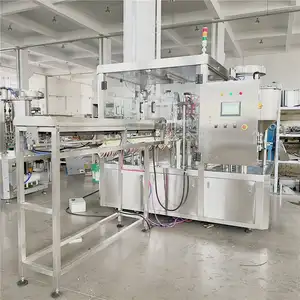







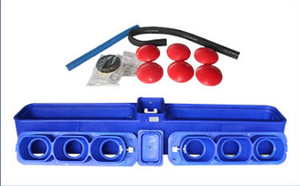



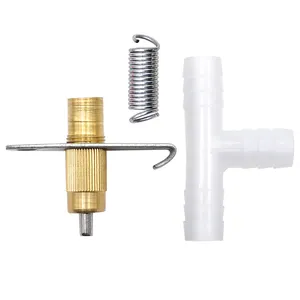
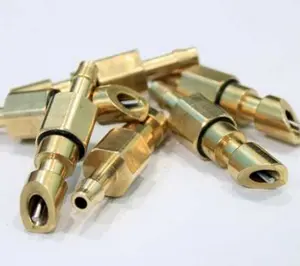











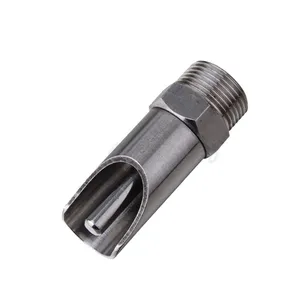










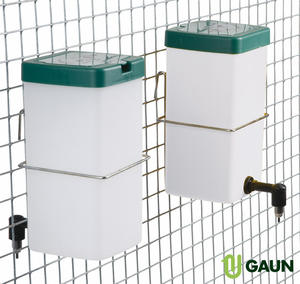









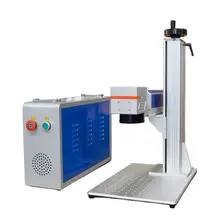
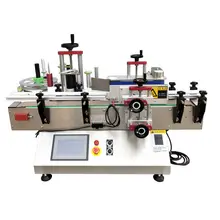



























 浙公网安备 33010002000092号
浙公网安备 33010002000092号 浙B2-20120091-4
浙B2-20120091-4